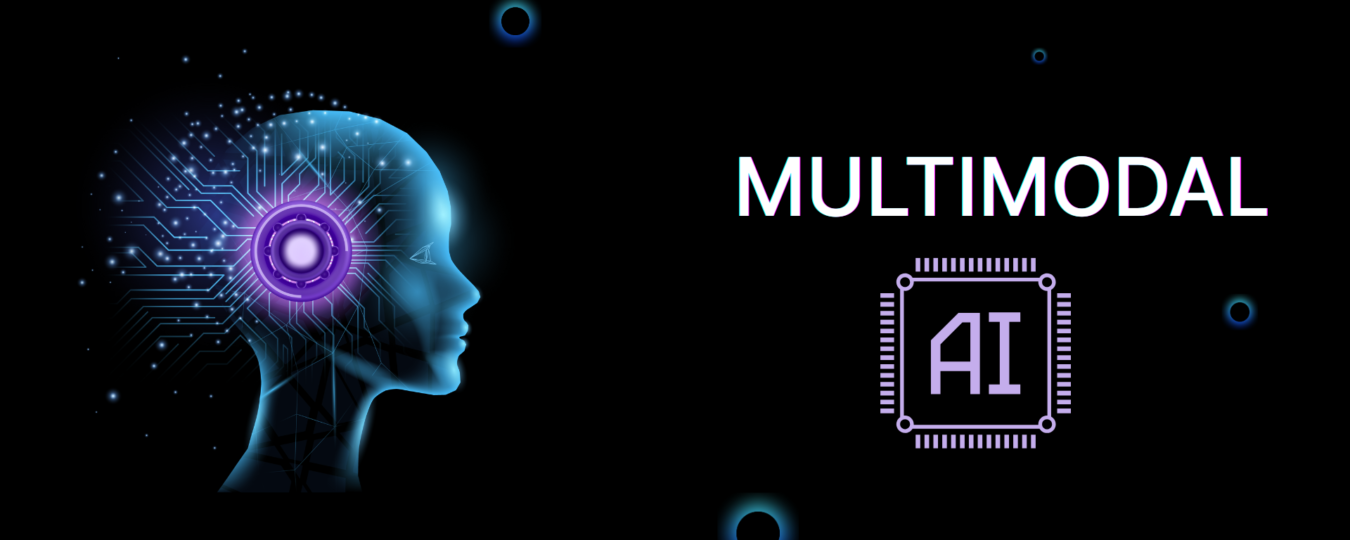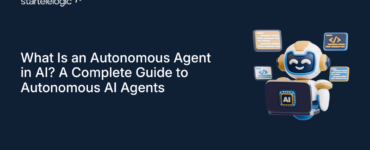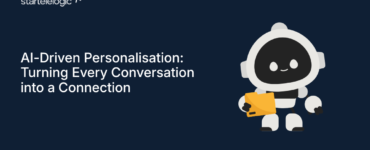The race to develop truly intelligent machines has taken a significant leap forward with the emergence of Multimodal AI Understanding. Unlike traditional AI systems that rely on a single type of input—like text or images—Multimodal AI integrates multiple sensory streams, such as vision, language, and sound. This advancement brings machines closer to human-like perception in AI, making it possible for them to understand the world in ways that resemble human cognition.
But can multimodal AI truly enable machines to comprehend the world as we do? Let’s explore how cross-modal learning, vision and language integration, and other innovations are shaping the future of machine understanding of the world.
What is Multimodal AI Understanding?
Multimodal AI Understanding means that an AI system can take in and make sense of different types of information—like images, videos, text, and sounds—all at once.
For example, when a person sees a video of a dog barking at the door, they understand that the barking sound, the image of the dog, and the situation (maybe someone’s at the door) are all connected. Multimodal AI tries to do the same thing—bringing together different types of data to better understand what’s happening and give more accurate results than AI that only uses one type of input.
This approach helps AI act more like humans, making smarter decisions in real-world situations. As a result, it’s being used in everything from virtual assistants to self-driving cars.
Why Human-Like Perception in AI Matters
Humans naturally combine information from different senses—like sight, sound, and touch—to make decisions and respond to the world around them. For AI to become truly intelligent and human-like, it needs to do the same. Machines that understand data from multiple sources at once perform better and make smarter, more reliable choices. This approach is vital in fields such as self-driving cars, medical diagnostics, and virtual assistants. Learning to “see,” “hear,” and “understand” like humans helps AI become more adaptive, intuitive, and trustworthy in real-world situations.
Key Benefits:
- Contextual Awareness: Understanding both images and text helps AI grasp nuanced meanings (e.g., reading facial expressions while interpreting speech).
- Improved Accuracy: Combining modalities reduces ambiguity and errors in interpretation.
- Enhanced Human-Machine Interaction: Systems become more responsive and aligned with how humans perceive and communicate.
The Role of Cross-Modal Learning
Cross-modal learning is a big part of how multimodal AI starts to understand the world more like we do. Instead of learning from just one type of input—like only pictures or only text—it can take in and connect different types of information at once. For example, if you show an AI a bunch of pictures of cats, it doesn’t just learn to spot cats in other images. It can also start to recognize cats in videos or understand what someone means when they read or hear the word “cat.” This ability to transfer what it’s learned from one format to another—like from images to language—is what makes cross-modal learning so powerful. It helps AI systems build a more complete and flexible understanding of things, similar to how humans use sight, sound, and language together to make sense of the world around them.
Use Cases:
- Image Captioning: AI generates descriptive sentences from visual inputs.
- Visual Question Answering (VQA): Systems respond to natural language questions about images.
- Multilingual Multimodal Learning: AI learns concepts that are consistent across languages and sensory modalities, improving global accessibility.
By bridging different input channels, cross-modal learning creates a more holistic understanding that mirrors human cognitive processes.
Vision and Language Integration: The Game-Changer
One of the biggest breakthroughs in helping machines understand the world is combining vision and language. AI models like CLIP and GPT-4 with vision are trained on huge amounts of data that include both images and text. This helps them learn how pictures and words are connected.
In simple terms, these models can “see” an image and describe it with words, or read text and imagine what it might look like. This makes AI better at tasks like identifying objects in photos, understanding memes, or answering questions about what’s happening in a picture.
Why It Matters:
- Semantic Alignment: Machines understand the meaning behind visual scenes and textual descriptions.
- Zero-Shot Learning: AI can make accurate predictions without needing task-specific training.
- Multitask Capabilities: Enables complex applications such as video summarization, story generation from images, and emotion recognition.
Challenges in Achieving True Human-Like Understanding
Despite progress, Multimodal AI Understanding still faces several hurdles:
- Data Alignment: Ensuring that modalities correspond accurately (e.g., the right caption with the right image) is difficult.
- Model Bias: Multimodal models can inherit and amplify societal biases present in training data.
- Computational Resources: Training and deploying these models demand vast amounts of data and processing power.
- Contextual Nuance: Understanding sarcasm, idioms, or emotional cues remains a significant challenge.
Future Outlook: Toward a Human-Centric AI
As multimodal systems evolve, their potential to mimic human-like perception in AI becomes more realistic. We can expect:
- Emotionally Intelligent Agents: Recognizing and responding to human emotions across modalities.
- Smarter Robotics: Robots that can navigate, interpret, and act in real-world environments with human-level understanding.
- Universal Assistants: Personal AI companions capable of seamless conversation, visual recognition, and contextual awareness.
These developments will revolutionize sectors from education to entertainment, making AI a more natural extension of human thought and interaction.
Conclusion
The journey to building machines that truly understand the world like humans starts with Multimodal AI. This type of AI combines different senses—like vision, language, and sound—to help machines learn and make sense of the world more like we do. By connecting these senses, AI can better understand context, respond more naturally, and even “see” and “hear” at the same time.
Although there are still challenges to overcome, we’re moving in the right direction. The future of AI isn’t just about making machines smarter—it’s about making them more human-like in how they understand and interact with the world.
Frequently Asked Questions (FAQs) on Multimodal AI Understanding
1. What is Multimodal AI Understanding and how does it work?
Multimodal AI Understanding refers to the capability of AI systems to process and combine different types of inputs—such as images, text, and audio—to create a more comprehensive understanding of a situation or task. It works by integrating data from various modalities and aligning them using deep learning models, enabling machines to interpret the world more like humans do.
2. How does Multimodal AI contribute to human-like perception in AI?
Multimodal AI contributes to human-like perception in AI by simulating the way humans process information from multiple senses. Just as we use sight, hearing, and language to understand our environment, multimodal AI fuses visual, linguistic, and auditory data to deliver context-aware, intuitive responses.
3. What are the real-world applications of Multimodal AI in machine understanding of the world?
Machine understanding of the world through Multimodal AI is revolutionizing fields like autonomous vehicles (integrating sensor data), healthcare (combining medical images with patient records), and customer support (chatbots that interpret both speech and visual input). These applications show how cross-modal systems improve accuracy and interaction quality.
4. Why is cross-modal learning important in Multimodal AI Understanding?
Cross-modal learning is crucial for Multimodal AI Understanding because it enables AI systems to transfer knowledge between different data formats. For example, learning to recognize a cat from images helps the AI understand textual references to cats or even recognize them in videos. This flexibility mirrors human learning and makes AI more adaptable.
5. How does vision and language integration enhance Multimodal AI systems?
Vision and language integration allows AI to generate captions for images, answer questions based on visual inputs, and even understand memes or emotions. This fusion makes Multimodal AI Understanding more dynamic, allowing machines to understand both what they see and what is being said about it—just like a human would.




